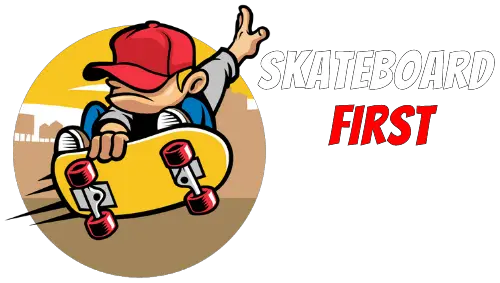In this article, I’ll show teach you the fundamentals of freestyle skateboarding. Although the tricks are important here, it is only one part of the entire experience of freestyle skateboarding.
The second function which you need to understand is how to set up your skateboard for freestyling. So before learning the tricks, you need to buy your freestyle skateboard decks. For that, you need to understand the different aspects which are important for you to know so that you purchase the most suitable freestyle skateboard deck for your preferences.
In 1989, Rodney Mullen wrote `Zen and the Art of Freestyle. In this article, he wrote down a comprehensive guide on learning tricks, stylistic notes, and an equipment guide.
Freestyle Skate Decks
Although little has changed over time in skid plates, wood screws and, bushings design, But the freestyle skateboard decks selection has expanded substantially. Now we have more options for deck design than in previous decades.
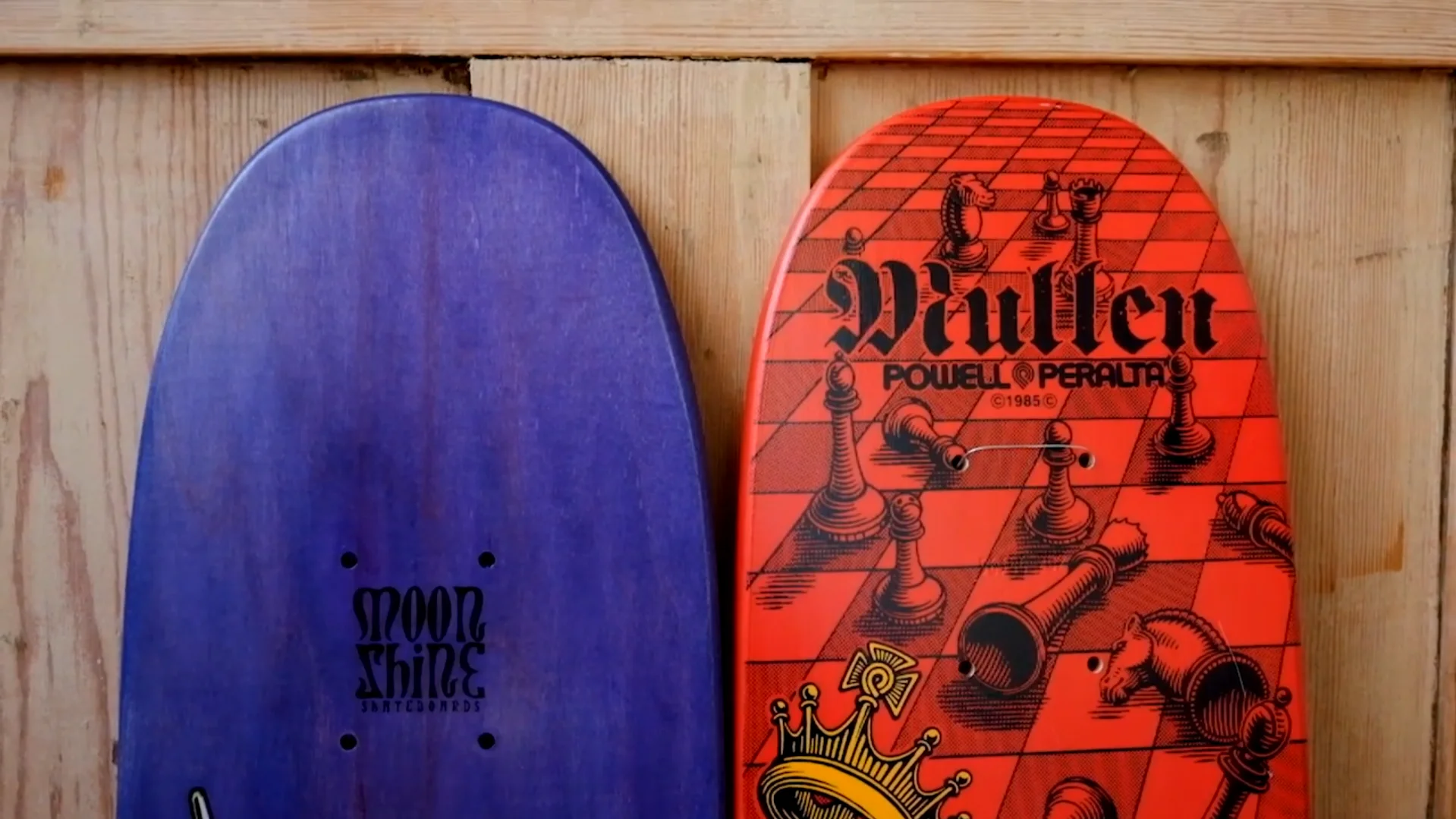
Freestyle skateboarding developed from its intended use of transporting from one end to the other. It was developed by surfers who used to skate when conditions at the ocean were not suitable for surfing. These early skaters brought the water tricks onto flat ground.
Hence, Ollies or shove-its gradually transformed into the tricks we see in contemporary skateboarding.
Freestyle skate decks come in various shapes and sizes. Before you decide to buy one, you need to understand the measurement details for these decks.
Length
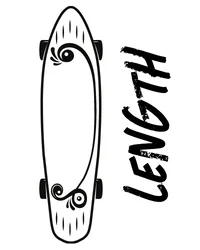
Smaller freestyle skate decks are good for footwork, and larger decks are good for ollies, etc. I generally prefer the standard 28″ or 29″, but if you like to do complex or faster footwork or shove-its go for a smaller board.
If you decide to buy a longer board for 50-50 or the ollies, it’s an ideal length. However, a longer board is bad for tricks like Caspers, end overs, etc. This aspect of length selection is of stylistic concern.
Ollies are best for sizes like 32″ in my personal opinion since it makes more sense in terms of ergonomics.
Width
Wide boards are prone to slow flips, and narrow boards do them fast, but it’s hard to catch them on a narrow board than wider freestyle skate decks. Also, a balanced truck/wheel combination is crucial for you to skate efficiently.
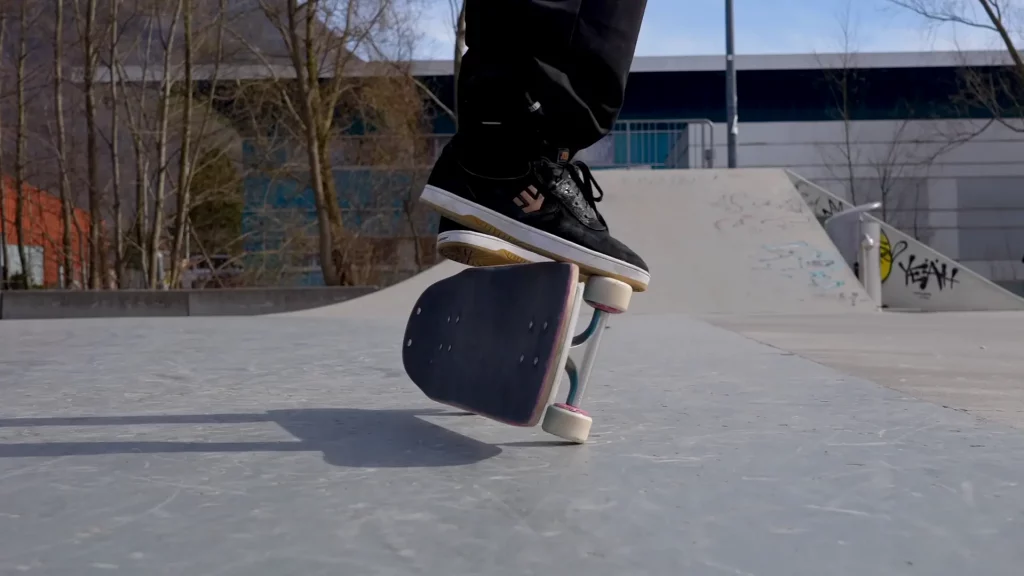
The majority of skaters prefer a 7.25 or 7.4 because of the wider truck wheel size options. It is because once you go past the 10xmm trucks, your options are non-existent until 125mm to 128mm made for 7.9″ or above. Bigger than this is going to be awkward and not optimized for freestyling.
Concave
Concaves hinder with some footwork, Casper’s, and a selected few kickflips. But as far as ollies are concerned, concaved freestyle skate decks since it helps with griping during mid-air. Keep in mind that concaves affect the height of your setup.
Freestyle tricks put significant pressure on the boards, and concaves add sturdiness. Although the force distribution is unpredictable so expect some cracking and more than usual flexes.
Flexibility
Flexible freestyle skateboard decks are bad for freestyling. They cancel the feedback, so I prefer a heavier deck. Heavier freestyle skateboard decks do not flip beyond control and do not interfere with balance and speed.
Any and all Sponginess in the setup will result in confusion and spent energy. You need to find a sweet spot between flexibility and rigidness.
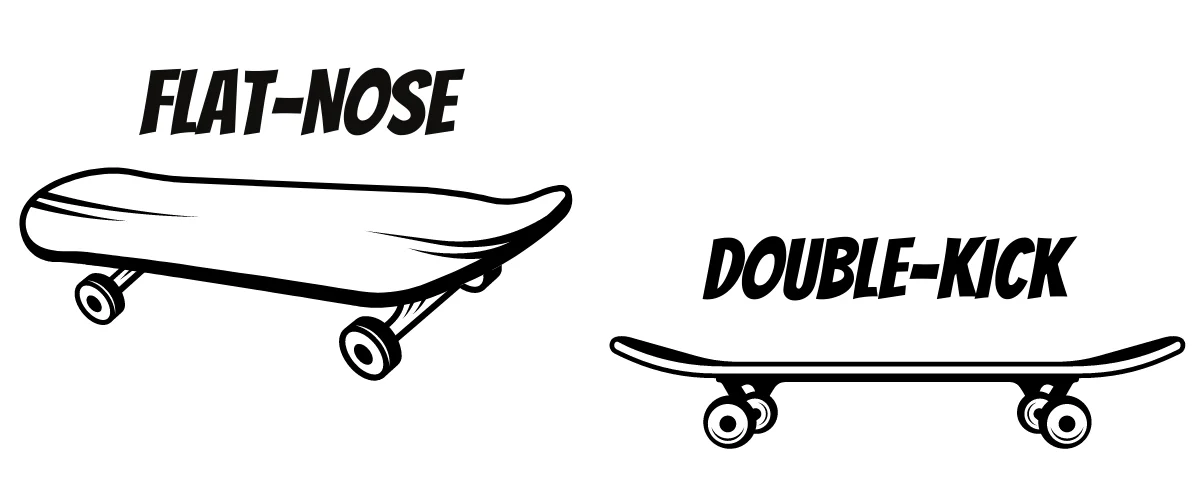
Single kick or kick nose
Double kick freestyle skateboard is popular, but single kick freestyle skateboard also has a reason.
Kicknose benefits your footwork and ollies. Flat noses, on the other hand, are largely more apt for pogo, Casper, and finger-flips. Because it is a lot easier to stand on a Casper with a flat nose, it does not poke the tricks in your leg, and it also distributes the force equally towards the central axis.
A kick nose is a bit off along that axis and demands more force for the same flip.
Bidirectional vs Directional
Bi-directional freestyle skateboard decks are the same on both ends. They are also referred to as twin-tip freestyle skateboard decks. It is best to link the tricks together because the direction does not matter.
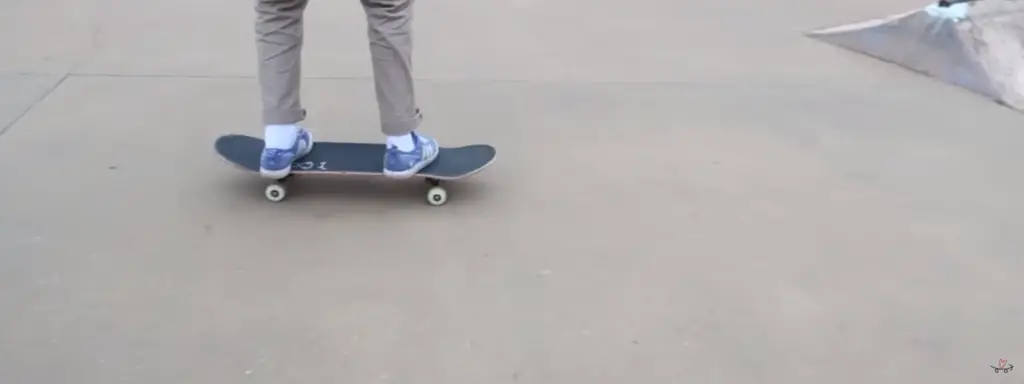
Directional freestyle skateboard decks have one specialized end for a single type of trick, while the other end can be attributed to another kind of trick.
Rail Shape
The majority of freestyle skate decks have a straight rail for controlled rail tricks. The further the rail, the more stable it is on a rail stand. It results in more tolerance for rail and Casper trick failures.
Tail and Nose Angles
Steep tails make Casper look absurd, and finger-flips become laborious. Although they give you more fly on the ollies and your impossible are better with steep tails. So what it means is a steep-tail will give you more power but take away that performance beauty. A steep nose gives you a higher drag during a mid-ollie.
Hope you like my review, and if you still have any questions feel free to ask anytime.
Hi, I am Mian. I am the Owner and Founder Of Skateboard First. I am such a huge fan of skateboarding, and I am here to enhance your experience in skateboarding.
